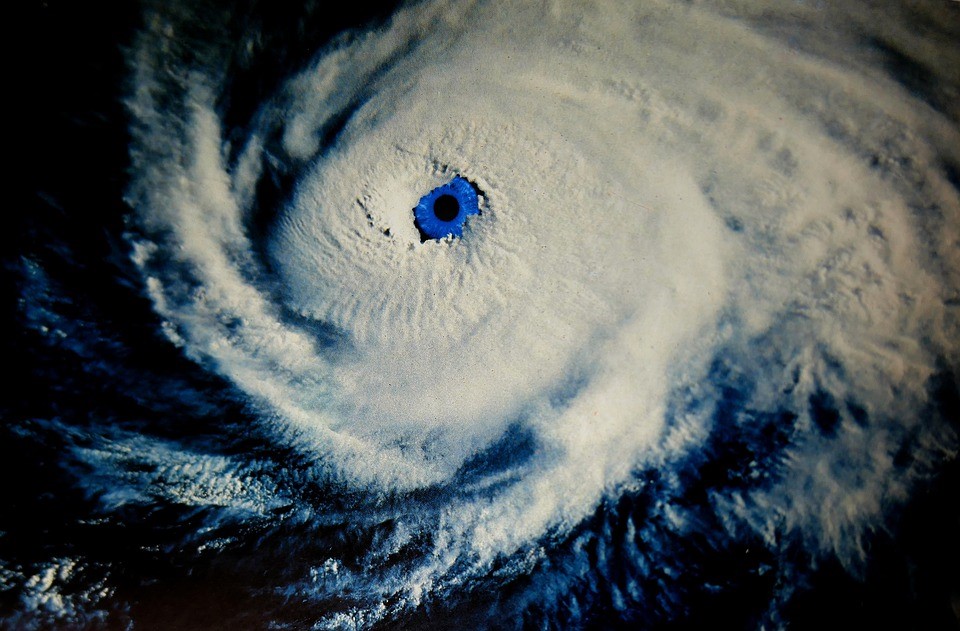Popular theory suggests that humans can only intuitively grasp small, single digit numbers. Any more than that and our understanding morphs from recognizing a numeric value to only seeing patterns or abstractions that require the mediation of language. This is true, for example, when we look at trees. Once the number increases, we no longer recognize individual branches, or even full trees. Instead, our brains only register a pattern we label as a “forest.” In the same way it is challenging for humans to fully grasp the extent of a refugee crisis such the one resulting from the war in Ukraine, the humanitarian crisis in Afghanistan, or the vast impact of a natural disaster like the recent catastrophic and deadly flooding across Pakistan.
In an area only 9.6 percent the size of the United States, Pakistan contains a population that is over two-thirds the size of our population. The latest floods in that country displaced nearly 8 million people or almost the same number of individuals as reside in all of New York City. Pakistan’s population totals over 225 million today, or 67.8% of that of the US. Even these few numbers lose much of their meaning due to their size, except to the humans intimately involved in each crisis.
This week world leaders came together in New York City to attend the United Nations General Assembly. They discussed Ukraine, the flood waters in Pakistan, and the resulting outbreaks of cholera, malaria, and dengue fever. It is a serious crisis for the many thousands of pregnant Pakistani women and the more than 3 million children needing immediate care. One set of numbers that the politicians should grasp is that floodwaters covering one-third of Pakistan may take a full six months to recede.
Officials in Islamabad are responding to worst disaster in a hundred years and need international humanitarian assistance unlinked to a political agenda. The National Flood Response and Coordination Center in Pakistan is providing updates to the world and aid to the people where possible. One good fact is that most vital rescue missions are complete with people moved to higher ground. The crisis is not over. Agricultural fields remain inundated, and the people lack enough food, shelter, and health care. The numbers do not begin to explain the extend of the challenge faced by a international donor weary world. The United Nations has only reached a third of its goal of raising $39 million in a global economy already suffering from supply chain shocks over Covid, the humanitarian crisis in Afghanistan, and now the war in Ukraine.
The State Department announced today that the Foreign Ministers of Australia, India and Japan and the Secretary of State met in New York on Friday and signed into operation the Guidelines for the ‘Quad Partnership on Humanitarian Assistance and Disaster Relief (HADR) in the Indo-Pacific’. At first glance it appears a step forward in addressing the concerns of states in the region that often suffer from tsunami and other natural disasters. A full reading of the document, however, emphasizes a very different agenda of the Biden Administration.
While Ukraine, Afghanistan, and now Pakistan’s citizens are suffering in massive numbers, the Biden Administration announcement highlights that “Under the partnership, Quad partners will promote inclusion by advancing gender equality and women’s and girl’s empowerment, ensuring persons with disabilities are agents and beneficiaries of humanitarian action, and by ensuring indigenous people, minority groups and persons in vulnerable situations are not left behind. The guidelines call for zero tolerance for inaction on tackling Sexual Exploitation, Abuse and Harassment (SEAH).” The Biden Administration appears to be redefining what constitutes a humanitarian crisis. Whether one state is allied with another, during a major crisis world leaders need to come together to address the immediate needs of the population struggling to survive and not push a radical political agenda. It appears the US is changing how it prioritizes humanitarian crises.
Daria Novak served in the U.S. State Dept.
Illustration: Pixabay
